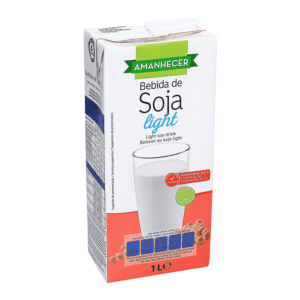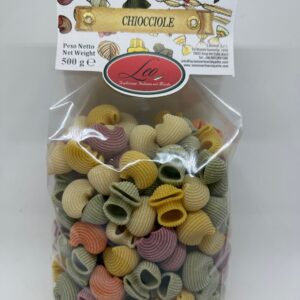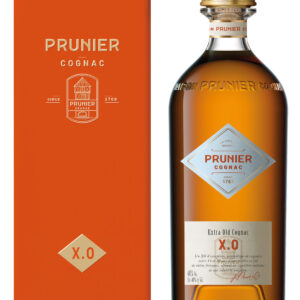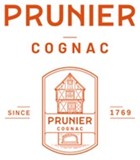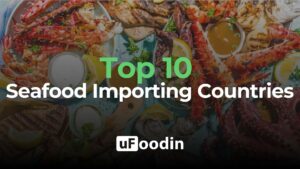THE PET FOOD MARKET
The pet food market can be segmented according to : the animal type (dogs, cats etc), the product type (dry food, wet food, veterinary diet, treats etc.) the ingredients type (plant-based or animal based), the distribution channel (supermarkets, pet shops, e-commerce…) and the geography.
Despite the Covid-19’s negative effects on supply chains and the scarcity of raw materials, experts stated an increasing demand for pet food in the last 2 years. This is because pet’s adoption boomed after the lockdown all over the world. Today, the CAGR is around 4.9% and is expected to maintain until 2028.
In this article, we introduce you the main trends in the pet food industry, the world’s biggest markets and the main global players.
General state about the market and key figures
The global pet food market’s value is estimated around $93.9 billion in 2020 and forecasted at $136.8 billion in 2028.
Nowadays, the 5 largest markets in the world are the USA, the UK, France, Brazil and Russia.
In 2020, North America alone represented 37.6% of the overall industry in terms of sales.
Dogs food holds 58.34% of the global market shares.
The highest growth in 2020 in terms of sales was in the Asia-Pacific region.
The world’s leading importer for pet food is Germany with $1.645 million in 2020.
(Statista, Pet Food Market Worldwide 2021)
Current market trends
Even though these trends were growing before Covid-19, the crisis definitely reinforced the consumers’ claims for premiumization and humanization as key drivers when it comes to buying pet foods. This will lead to a growth of sales for organic, custom-made and functional foods.
Focus on humanization :
This trend is the logical consequence of the mind’s shift in consumer behavior : pet’s owners went from a « pet ownership » mindset to a « pet parenting » mindset. This means that pets are now real members of the family, so they deserve healthy food to protect their health, as the rest of the family.
This first trend leads to the second one : the claim for premium food.
Focus on premiumization :
Since the consumers want to take care of their pets’ health, they claim for food that is rich in nutritional value, locally produced, with natural or « free from » formulas and proven health benefits : these are exactly the same insights that we can observe on the human food market.
Especially in developed countries like the USA, households with better incomes are more likely to buy more qualitative food. This is the reason why market researchers stated a high sales revenue in 2020 and 2021.
The global players and their market shares :
On the contrary to the human food market, the pet food industry is driven by consumers’ loyalty to the national brands: once they found a product that fits their pet , they won’t change from a brand to another because it is not food that can be tested by themselves. So, this is a market where it is hard to implement your new brand or range of products. The market’s leaders are the global players :
Mars Incorporated
J.M Smucker Company
Colgate Palmolive
Nestlé Purina Petcare
Blue Buffalo Pet Products
Brands portfolio (not exhaustive) from the group Mars Incorporated
Innovation and forecasts
Since the market is highly influenced by human nutrition, the Research & Development is highly concerned about finding safer foods with high nutritional values.
This will lead to a growth of « functional foods » especially treats and snacks that would answer specific health issues like weight, mobility, allergies, dentary etc.
As many other industries, the pet food market is expected to grow intensively on online retail, which is forecasted as the fastest-growing segment.
(FortuneBusinessInsights, Pet Food Market Analysis 2021-2028)




